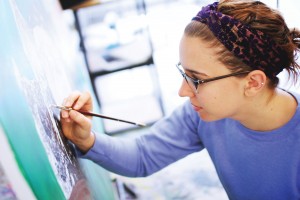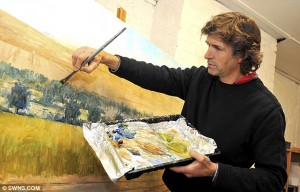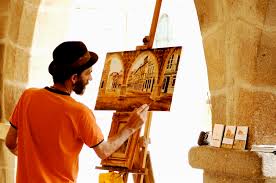 One of the amazing things about the arts is, though it attracts personalities who struggle with addiction, the arts themselves are actually a remedy for addiction. Art creation is a known way of sorting out one’s thoughts on addiction in order to overcome it, which makes it a therapeutic tool, but art creation is also a source of pride for those who are skilled at it, which makes it a motivating tool. These are two major necessities to implement into one’s life when they are working to recover from addiction.
One of the amazing things about the arts is, though it attracts personalities who struggle with addiction, the arts themselves are actually a remedy for addiction. Art creation is a known way of sorting out one’s thoughts on addiction in order to overcome it, which makes it a therapeutic tool, but art creation is also a source of pride for those who are skilled at it, which makes it a motivating tool. These are two major necessities to implement into one’s life when they are working to recover from addiction.
Art as therapy is a frequently utilized addiction recovery tool in the mental health industry. There are many ways that art therapy helps a person work through their addiction issues in order to overcome them. Art allows an addict total freedom and control over their art project, which is liberating after being ravaged by and subservient to their addiction for so long. Recovering addicts are free to express themselves however they want to, whether it is through drawing or painting, literal images or abstract ones. One commonality that has been observed throughout the art projects of addicts is that the art represents the addiction like an entity – a malicious, conscious force that is wreaking havoc on their lives. This does a lot to separate the addiction from their own identity.
Those who have a passion for visual art can reap another kind of reward from creating it: that of motivation. When addicted artists honor their talent enough to put aside their addiction and pursue it seriously, they have a strong motivation for seeing their recovery through. This is a form of believing in one’s self, which is always a nod towards good mental health. As an addict shifts their focus from indulging in their addiction to creating worthwhile, meaningful art, their mind, time and talent is occupied, which naturally transitions them away from their addictive tendencies. This has been found to be a very effective method of recovering from addiction.

